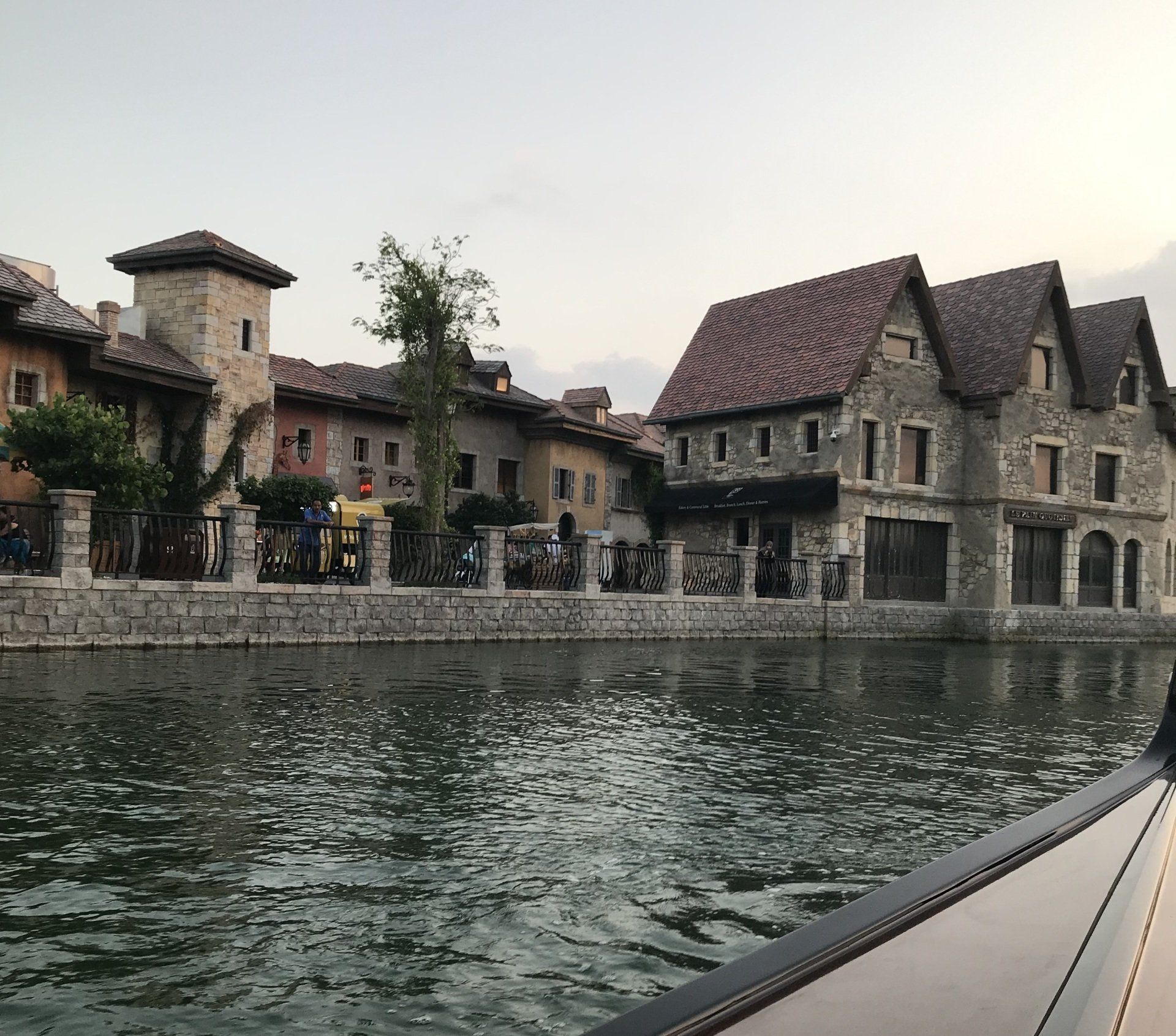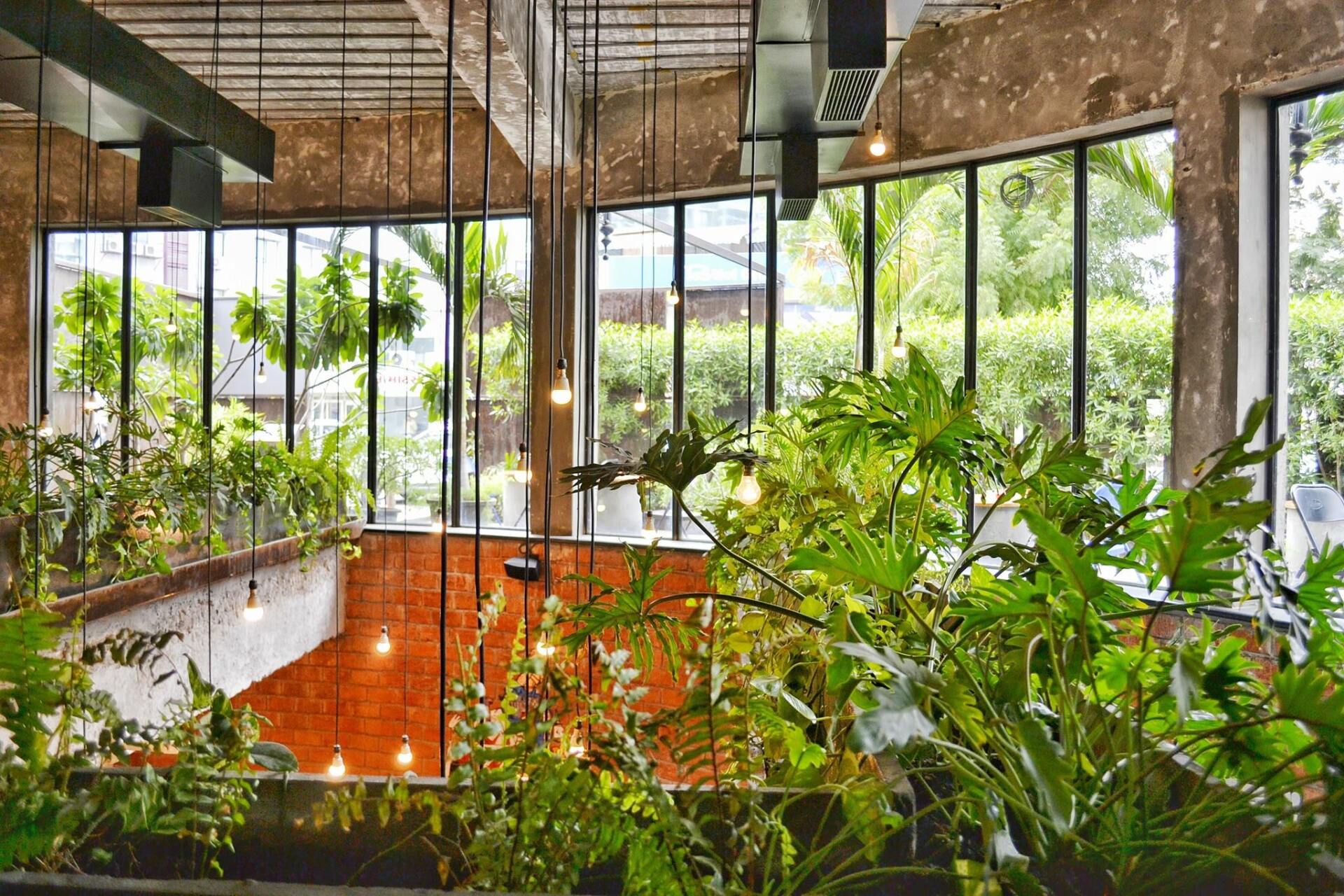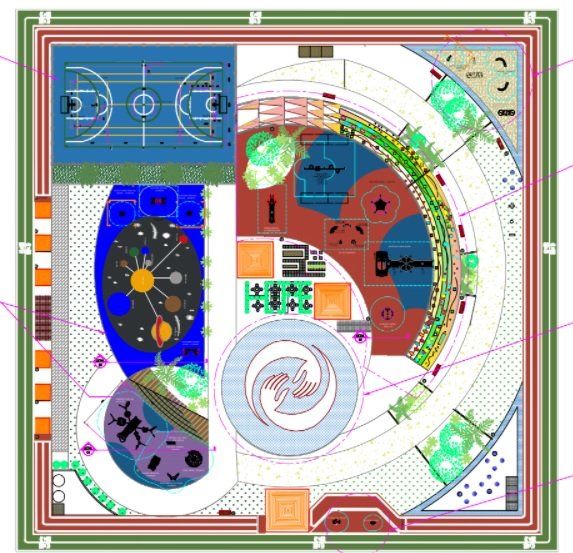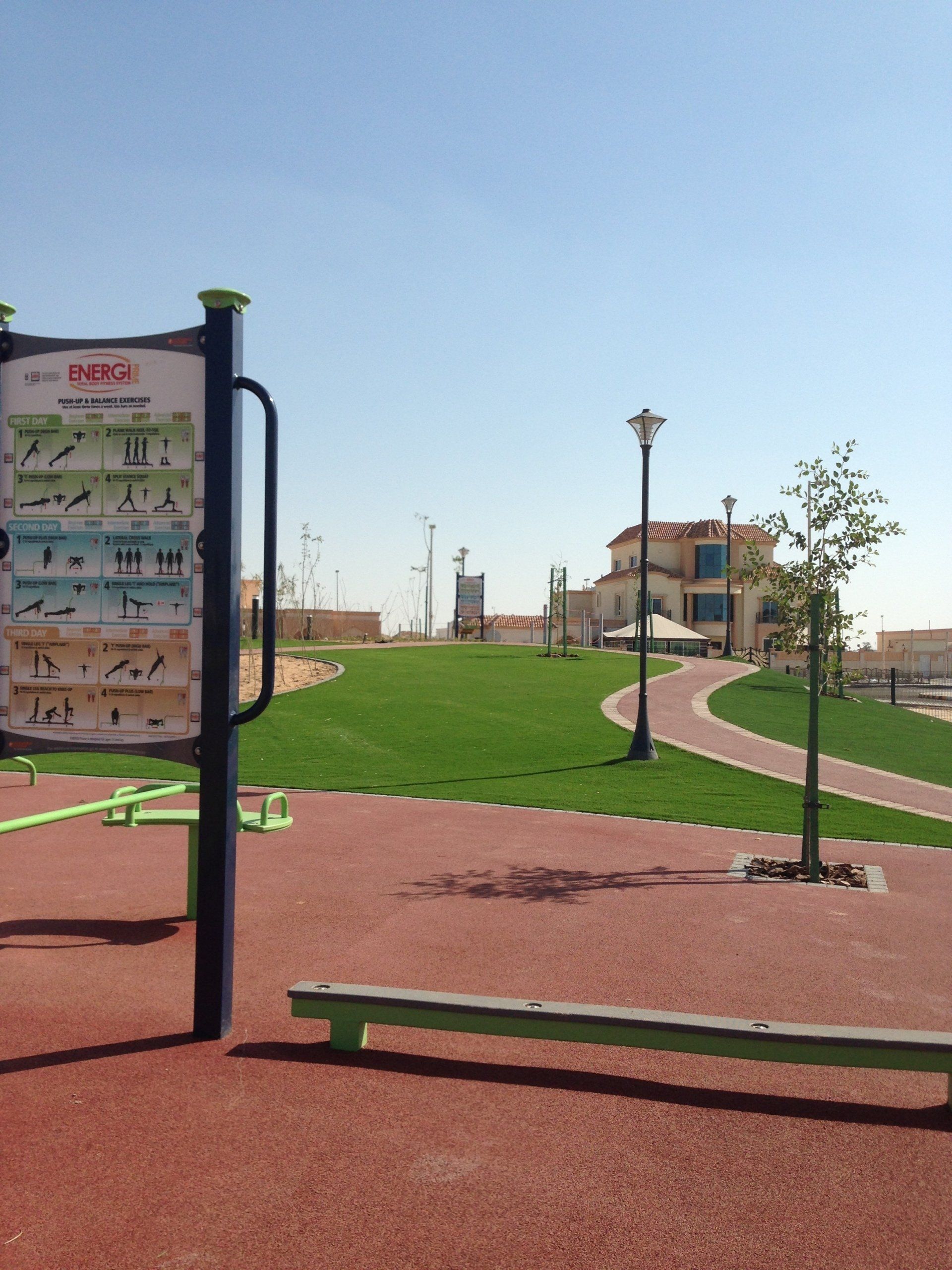Technical Tips

October 15, 2021
Differentiation and innovation are the keys for the hospitality and leisure industry for attracting more customers and increasing revenues, which could be challenging given the fierce competition in pursuit of differentiation. It also depends on the target customers of your hotel or resort, whether it is basically for families, business, relaxation, sports, all-purpose, or any other. Here are seven ideas on how to differentiate your hotel: 1. Concept-theming Hotel theming could include many categories; in this article, we will present four main categories, which are concept theming, interior design theming, interior styling & décor theming, and architecture design theming. Let's start with concept-theming, which is basically theming the hotel based on your target customers. Some good examples of that are the first Warner Bros-themed hotel in Yas Island - Abu Dhabi , Legoland hotels as the one in Dubai Parks and resorts , etc., which are apparently themed to target families. Other concept-theming ideas could be sports theming like theming the hotel for a specific sport or club or for the Olympics, for instance. Historical theming is another idea where the concept of your hotel could be themed for a specific historical era or event. This could be discussed during the planning phase in a think tank group, including the hotel developers, industry experts, architecture, interior and landscape designers, and any relevant stakeholders.

October 2, 2021
In this series of articles, we will discuss what does inclusive playgrounds mean, in addition to tips and recommendations for designing inclusive playgrounds. These articles would be beneficial for People who care about inclusion and aim to create a play space in their community for people of all ages and abilities. It would be beneficial for decision and lawmakers, designers, architects, consultants, and special needs centers. An inclusive playground addresses the needs of all people, including: • Children with neurological disabilities such as Autism • Children who have intellectual disabilities such as down syndrome, fetal alcohol syndrome • Children who have hearing impairments, cerebral palsy, spina bifida, and other disabilities. • Children who require wheelchairs or other medical equipment • Children with physical disabilities • Children with neurological disabilities such as Autism • Children with social and/or emotional difficulties • Everyone in the family, siblings, parents, grandparents, etc. (Many of which may have a limitation or disability.) • Everyone in the community: friends, caregivers, teachers, etc. (Who may have a limitation or a disability) It also addresses the needs of typically developing children. An inclusive playground accommodates everyone and challenges them at their own developmental level. In our previous article, ”Which standards should I follow when designing a playground.” We highlighted some of the standards which deal with inclusivity and special needs. It is essential to highlight that as a decision-maker or designer of a playground, you may choose to emphasize one Intent over another or create a strategy of your own to achieve a specific intent. Make these decisions consciously, with an understanding of the tradeoffs and consequences. It is also recommended to form a planning committee that could include people in the community with disabilities and parents who are raising children with disabilities, accessibility experts, professionals such as landscape architects, playground professionals, and other stakeholders whose agreement would be desired needed. In the next article, we will highlight how to start the process of designing an inclusive playground.
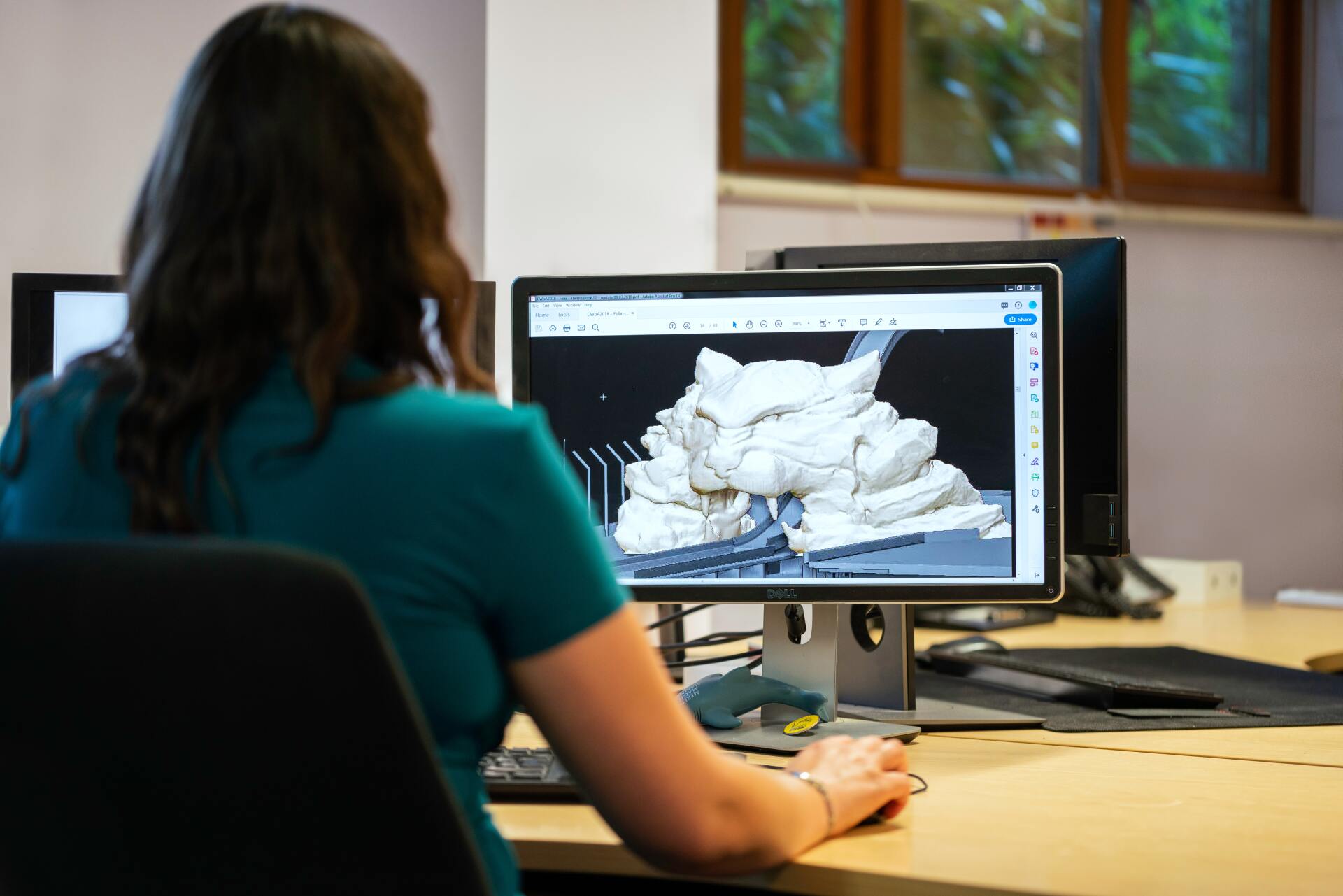
July 17, 2021
When specifying a playground, it is not just to show the clients a beautiful design and sound specifications. We need to basically pave the way towards the successful execution of such a design. This is mostly the same case when doing architecture or interior design. Yet for playgrounds, it is a bit more challenging, given that usually it is something that architects do not study in-depth in architecture schools, and it does require a fairly good technical and market knowledge. Please refer to our earlier article for “Which standards should I use when designing a playground?” So, here are some tips for architects when designing and specifying a playground. 1. Ensure specifying the right safety zones. The first step is to consult the play equipment manufacturer for the safety zones of their play equipment, as every manufacturer has its own safety zones. And to make sure that these safety zones are complying with the safety standards . The safety zones should not intersect, and there should not be any obstacles within the safety zones like furniture or shade posts, etc. 2. Ensure specifying the right safety flooring thicknesses and do not leave it for the contractor. The second step is to consult the play equipment`s manufacturer as well on the fall height of their play equipment (which is different from the total height of the play equipment). Every manufacturer has its own fall heights for every piece of equipment. Make sure it is complying with the safety standards. Based on these fall heights, you need to specify the thickness of the safety flooring. Consult the safety flooring manufacturer for the thicknesses based on the fall height, as every safety flooring manufacturer tests their systems and has their fall height-thickness technical sheet. It is usually comparable for all manufacturers. But it is essential to consult the manufacturer for it. If you are mentioning “or equivalent” for both the play equipment and rubber flooring, mention a note that the contractor has to provide the manufacturers` standards for review and compliance. 3. Do not copy or reference the specifications from older projects. Some designers and specifiers tend to reference or copy the specifications from older projects. This industry is developing quite fast; products get discontinued, new products come up, local distributors change, and there are many other factors that would make referencing or copying older projects, not the right approach. Check the latest market updates to make sure that the products you are selecting are not discontinued and that there is a local representative or distributor for them. 4. It is not recommended to use more than two play equipment manufacturers in one project. This is depending on the size of the project. However, generally using more than two play equipment manufacturers usually leads to difficulties in sourcing, procurement, execution, and even proper technical coordination; as mentioned earlier, every manufacturer has its own safety zones, fall heights, etc. 5. It is not recommended to use more than one standard for one project. For example, it is not recommended to use both American and Canadian standards along with the European standards; it is recommended to stick one standard in one project for both the play equipment and safety flooring. This would reflect on the choice of the play equipment and rubber flooring manufacturers. So, it is not recommended, for example, to use the American standards in the specifications and select European manufacturers in the vendor list. This would basically create discrepancies in the specifications. For more details about the standards used in designing and specifying the play equipment, click here.
Contact us:
Office #103, Building A2, Dubai Silicon Oasis, DDP.
Dubai, United Arab Emirates
design@playart.ae
info@playart.ae
© 2025
All Rights Reserved | Play Art

